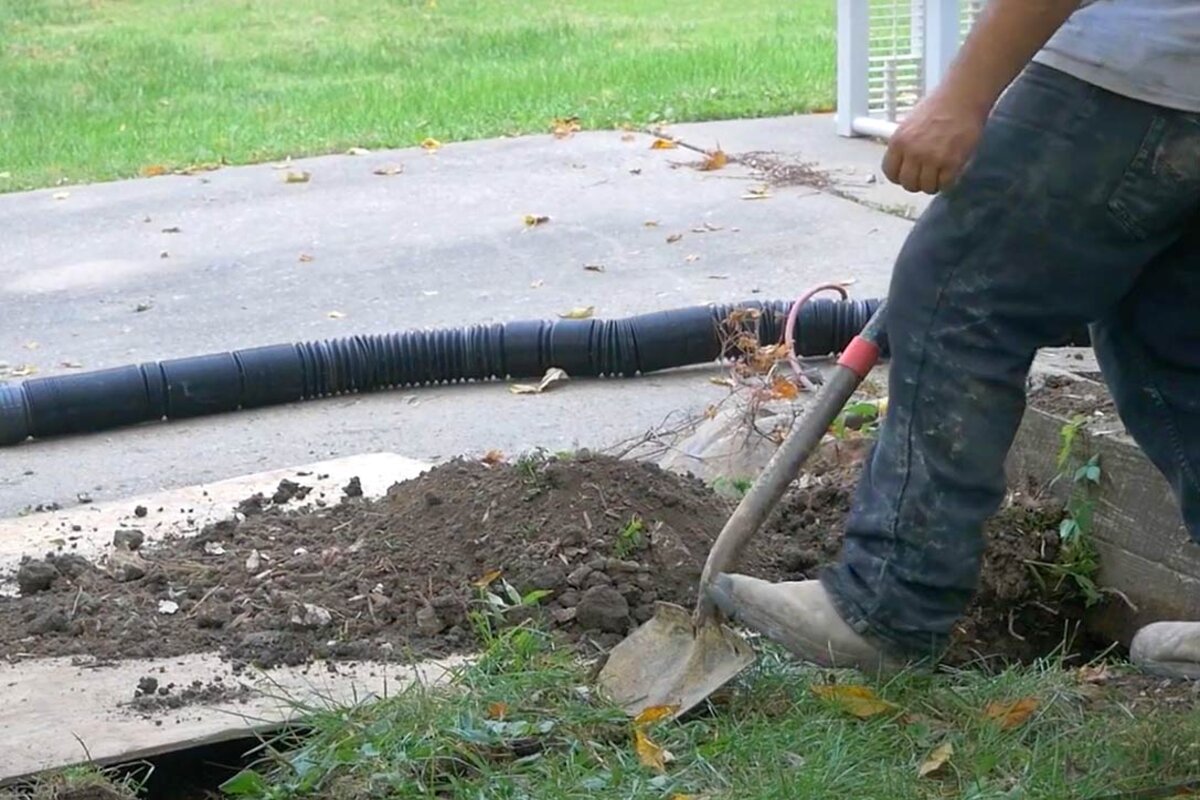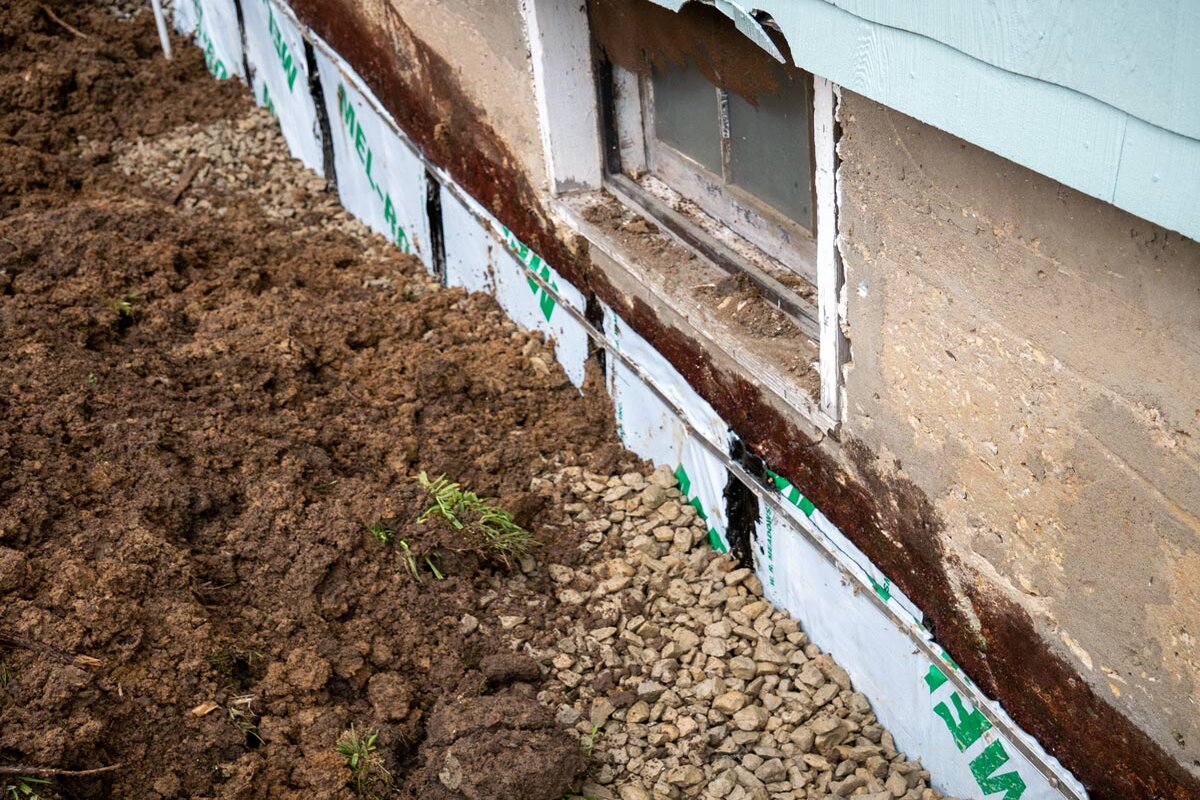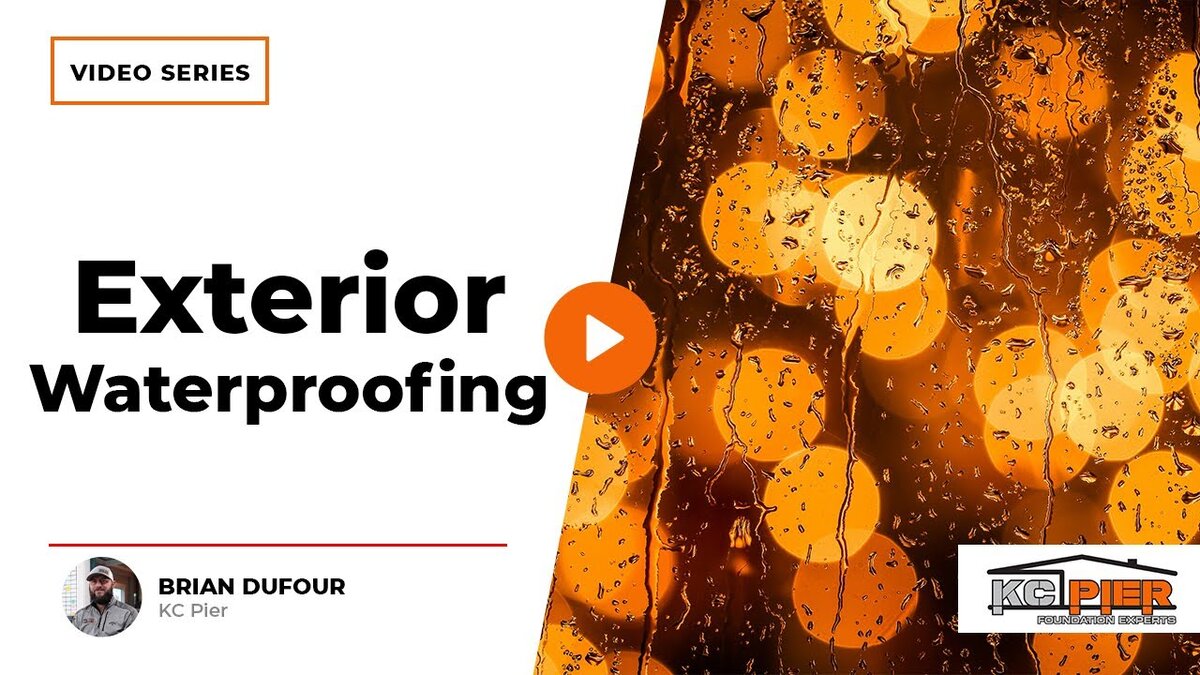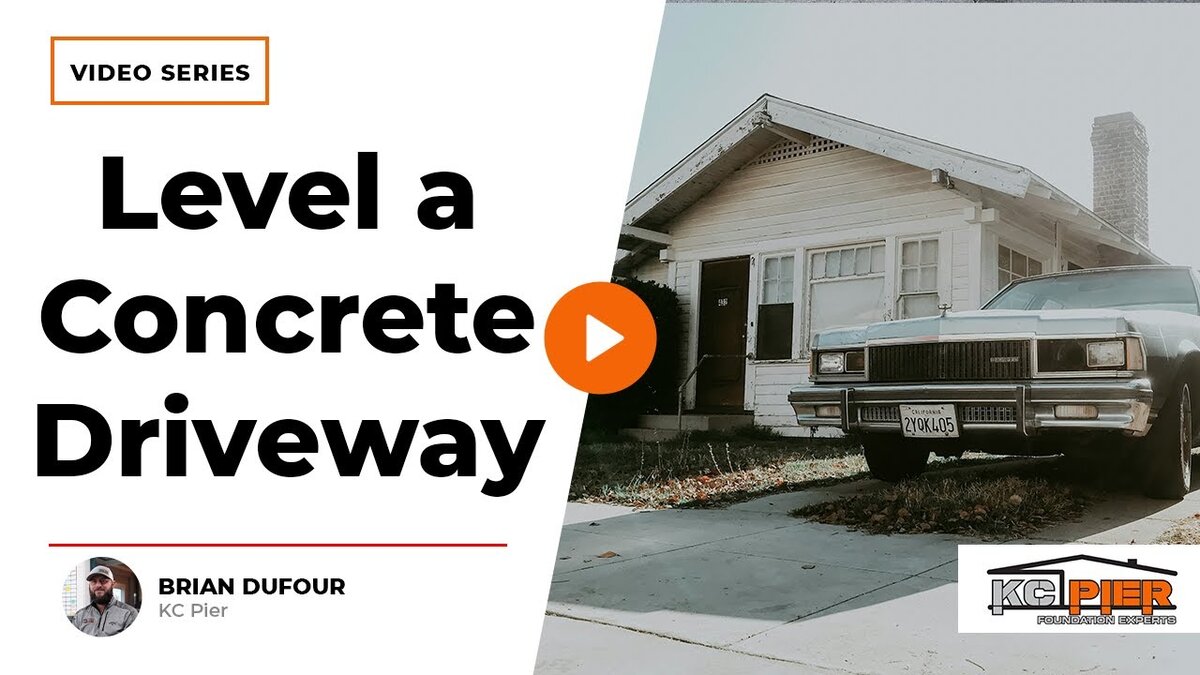Not all foundation cracks are created equal, and not all fixes are built to last. If you’ve spotted a crack in your basement wall, your first instinct might be to grab a concrete crack filler from the hardware store and patch it up. After all, it’s quick, cheap, and seems like a simple solution. But here’s the real question: does it actually fix the problem, or is it just a temporary bandage?
Let’s take a closer look at what concrete crack fillers can and can’t do—and why a proper repair is often the smarter investment in the long run.
What is Concrete Crack Filler?
Concrete crack filler is a substance used to fill cracks in poured concrete foundations. Homeowners often choose this option because it’s simple, inexpensive, and readily available. However, while it can temporarily improve the appearance of your foundation and prevent water intrusion for a while, it’s important to understand that this approach is not a permanent fix.
When using concrete crack filler, you have two main options:
1. Polyurethane Injection
Polyurethane injection is commonly used for waterproofing cracks. This filler mixes with water and expands once injected, allowing it to fill even the smallest crevices. One benefit of polyurethane injection is its flexibility—it can handle minor foundation shifts, such as movement up to ¼ inch. However, this flexibility has limits. If your foundation continues to move or settle, new cracks can form, or existing ones can reopen.
2. Epoxy Injection
Epoxy injection is used when structural reinforcement is necessary. Unlike polyurethane, epoxy hardens into a rigid material once it cures. To ensure proper adhesion, the crack must be sealed from both the inside and outside. This process can take several hours, as the epoxy needs time to fully cure. While epoxy does improve the structural integrity of your foundation, it’s still not a permanent solution unless the underlying cause of the crack is addressed.
The Limitations of Concrete Crack Fillers
Concrete crack fillers may seem like an easy fix, but they come with significant limitations. Without addressing the root cause of the cracks, such as water pressure or soil movement, fillers only serve as temporary patches. Below are a few key limitations to keep in mind:
- No Long-Term Solution: Crack fillers don’t prevent future cracks from forming. If the underlying issue isn’t fixed, your foundation may continue to shift and crack.
- Not Suitable for All Foundations: Poured concrete foundations are the only type that can effectively be treated with crack fillers. For cinder block or stone foundations, injections won’t work because the materials are hollow or uneven. In these cases, patching is the only option, and even that is purely cosmetic.
- Waterproofing Isn’t Guaranteed: While polyurethane injections can help waterproof your foundation temporarily, they don’t address ongoing water intrusion issues. Hydrostatic pressure from groundwater or poor drainage around your home can still cause cracks to worsen over time.
Why Some Homeowners Opt for Crack Fillers
We understand why homeowners might lean toward using concrete crack filler. It’s quick, relatively inexpensive, and doesn’t require extensive work. Often, people find DIY solutions online and think that injecting a filler will solve their problem for good.
In some cases, starting with a crack filler can be a reasonable first step. If your home’s foundation appears stable and you simply want to monitor the situation, a polyurethane or epoxy injection might help you keep water out and maintain the structural appearance temporarily. However, we always advise our customers to remain cautious and keep an eye on any changes in their foundation.
When to Consider Professional Foundation Repair
If you’re serious about protecting your home and want a lasting solution, it’s essential to invest in professional foundation repair. Here’s when you should consider calling us:
- Recurring Cracks: If you notice that cracks keep reopening despite previous repairs, it’s time to get a professional assessment.
- Signs of Water Damage: Persistent moisture, mold growth, or water pooling near your foundation could indicate hydrostatic pressure that needs to be addressed.
- Uneven Floors or Sticking Doors: These are signs of more serious foundation movement, which fillers alone cannot fix.
Our Approach to Wall Crack Repair
At KC Pier, we believe in doing the job right the first time. That means not just patching cracks but addressing the underlying causes of foundation damage. Whether it’s poor drainage, soil settlement, or hydrostatic pressure, we assess the full scope of the issue and recommend solutions that offer long-term stability for your home.
Here’s how we handle wall crack repair:
- Thorough Inspection: We thoroughly inspect your foundation to identify the source of the problem.
- Custom Repair Plan: Depending on the type of foundation and severity of the damage, we recommend the best course of action—whether that’s sealing the crack, improving drainage, or stabilizing the foundation.
- Lasting Solutions: Our goal is to provide a repair that lasts. We don’t believe in temporary fixes that will only lead to more issues down the road.
In Summary
While concrete crack fillers can provide a temporary solution for minor foundation issues, they are not a long-term fix. Without addressing the root causes of cracking, such as water intrusion or soil settlement, you’re likely to face recurring problems. At KC Pier, we offer professional wall crack repair services that go beyond surface-level fixes.
If you want to protect your home and ensure its structural integrity for years to come, contact us today. We’re here to help you every step of the way.






